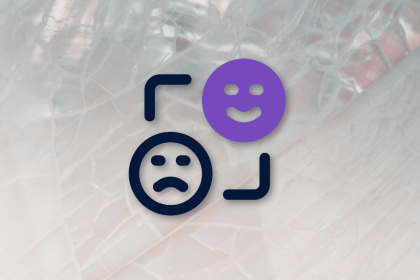
Re-engagement doesn’t have to feel desperate. If users churn, there’s still hope. Here’s how UX can bring them back — and make them stay.
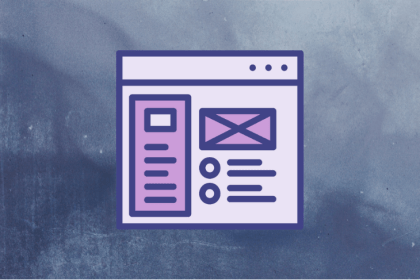
Since agile progresses in rapid cycles, you’re constrained in your ability to conduct in-depth studies within the limited timeframe.

These are the seven best Figma courses for boosting your career, whether you’re a complete beginner or an experienced designer.

We’ve all heard it—“You’re not a real designer unless…” But what if the entire premise is flawed? Let’s reframe the conversation.

UX research should be easy to run and act on. ResearchOps helps you do both, but without the stress.
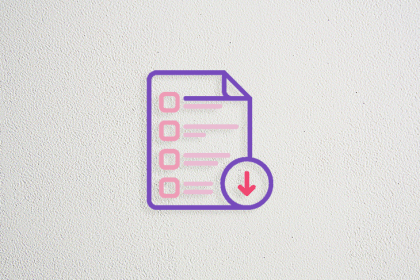
When designed well, forms can leave a user feeling delighted and accomplished. These guidelines can help you create a smooth user experience.

AI is great, but let’s face it, too much choice can overwhelm. Here’s how to design smarter, simpler AI interfaces that enhance the user experience.
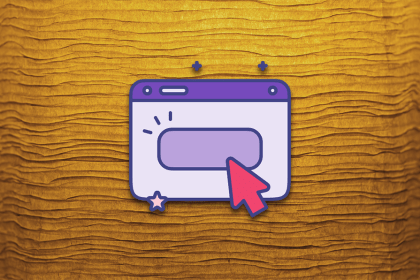
Have you used a product so intuitive you can use it with both eyes closed? This is the power of affordance in UX design.

Chasing every UX trend won’t make your design better. Knowing which ones matter will. Here’s how to separate the good from the gimmicks.

When it comes to UX design, the terms ‘archetype’ and ‘persona’ are often used interchangeably, but they serve different purposes. More on that in this blog.

Here’s a short guide to getting started with and using component properties in Figma, so you can begin experimenting yourself.
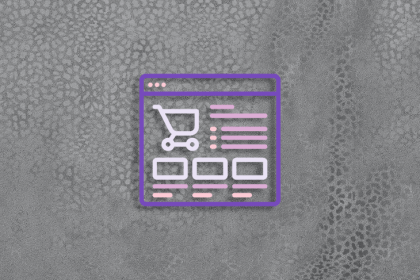
Used correctly, faceted filtering far outweighs any perceived issues around complexity and interaction cost.